Nuclear Missile Silo Diving
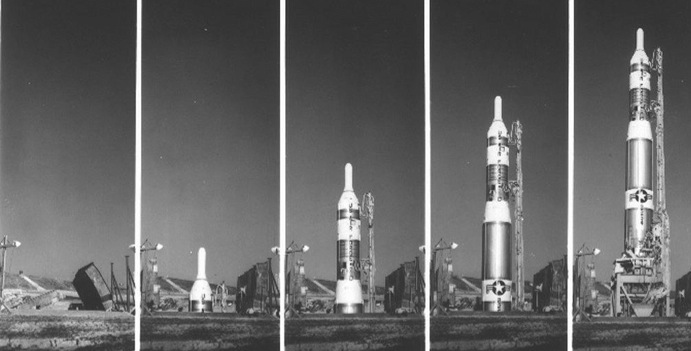
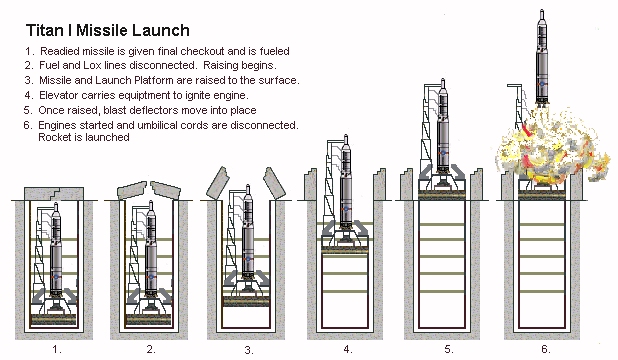
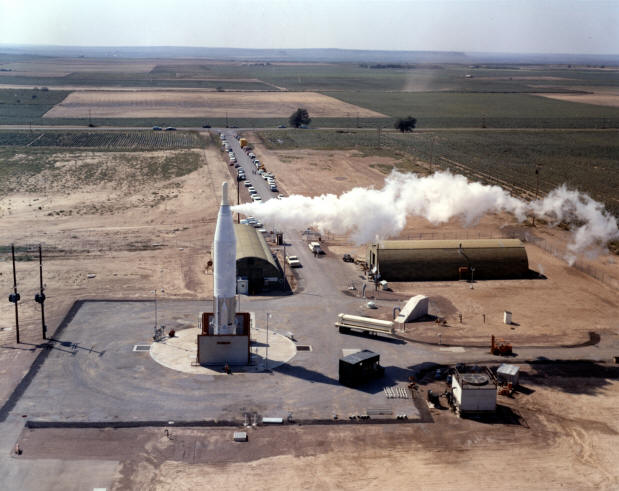
Are you looking for a dive that’s almost one of a kind, a dive site that relatively few divers have ever had the opportunity to explore and/or a dive site with such historical significance that it almost changed the fate of the world? Well, we have not one, but two dive sites just for you. It turns out that during the 1960’s the United States government was busy digging holes in the ground, lining them with cement, steel rebar, and epoxy resin and covering them with heavy steal blast doors at $15 million a shot. Inside each silo stood a vertical missile. In case of emergency, the previously RP-1 (Kerosene) fueled missile was last minute fueled with highly corrosive cryogenically stored liquid oxygen, then elevated to the surface where it would blast off and head towards The Soviet Union. In the meantime the Soviets would be hypothetically sending their missiles towards us.
Mutually assured destruction (M.A.D.) seemed to work well in the 1960’s and it was all the rage in the early nuclear age. To make sure we had the best ICBM system for wiping out the other half of the planet we invented the Atlas F series missile system complex and as a back up measure we introduced the Titan I missile complex system just incase the first system was too complex and didn’t work as devastatingly as expected. Fortunately, to get our money’s worth, we were able to use these two types of nuclear warhead missiles for a whole two years before they became obsolete. Working with liquid oxygen was dangerous and there was more than one fatal mishap, but what really made the silo programs obsolete was that it could take 10 minutes or more to get the rockets fueled, elevated to the surface, and launched. The new minuteman missiles just like minute rice could be ready and launched in just about one minute, and they were mobile too. Add Polaris missiles to submarines, and you now had a system that could blow up the Soviet Union at anytime from anywhere land or sea in less time than it takes to boil a cup of radioactive free water in Denver.
The underground complexes were salvaged for almost all the like new parts and metal materials and then the surrounding land and hardened concrete silos were sold off in some cases for what appears to be pure copper pennies on the dollar. Unfortunately, in a couple of cases when they turned off the electricity and started the salvage process, the pumps were also turned off and water started to seep inside the silos.
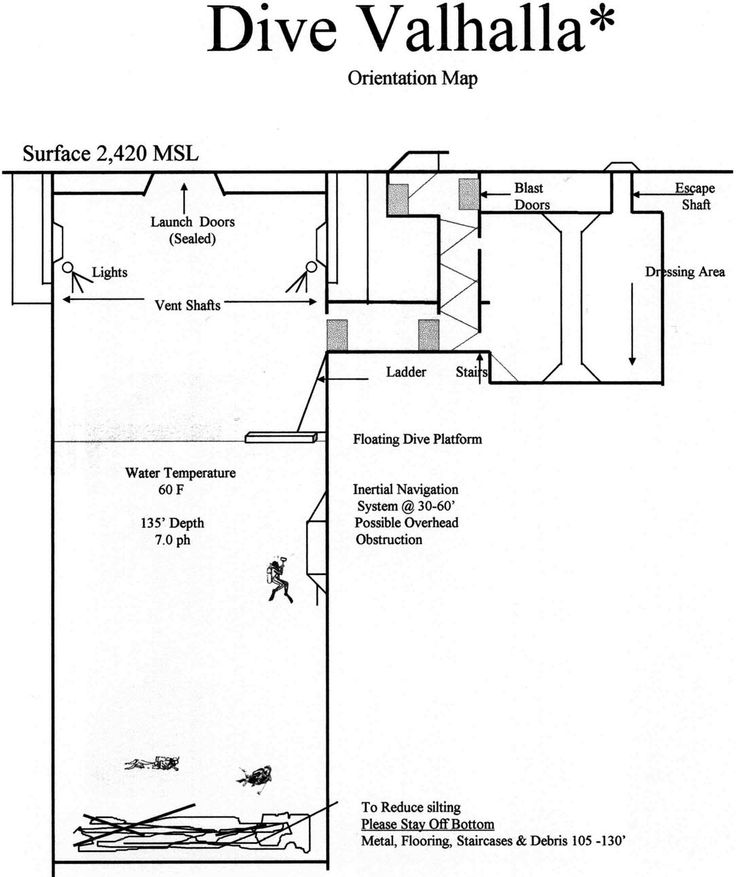
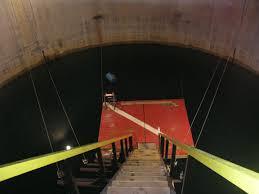
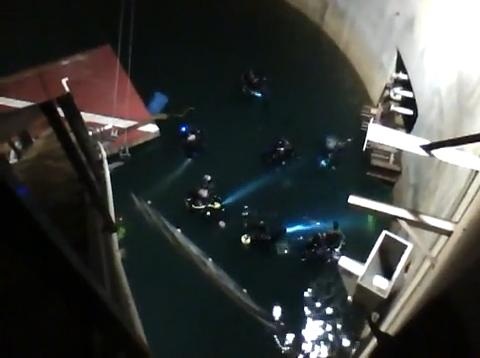
This is where Mark and Linda Hannifin of Family Scuba Center in Midland Texas come into the picture. They bought 11 acres of land twenty miles southwest of Abilene, Texas that contained an Atlas F missile silo that was formerly part of the 578th Strategic Missile Squadron at Dyess AFB. The man made ballistic pool is an easy 60ft diameter cylinder and 130ft deep, but that’s where the word easy leaves the scene.
To dive here at “Dive Valhalla”, you have to take your gear and go down several flights of stairs, turn right, turn left, make another right and walk down a corridor to the former control center and living area, which is now the gearing up room. Once geared up, it’s time to head down a corridor and step down 33ft on a stairway that leads to a floating platform complete with a T-38 “pool” ladder. Instructors here teach deep diving, altitude diving (2,420ft above sea level). Night diving, rescue diver skills, and technical diving skills. The water is 60° F warm and clear and there is a small inertial guidance shack at around 60ft of depth, plus some debris at the bottom of the silo. Reservations for dive clubs and dive shop groups with instructors to train and dive here are required; visit www.familyscuba.com for information.
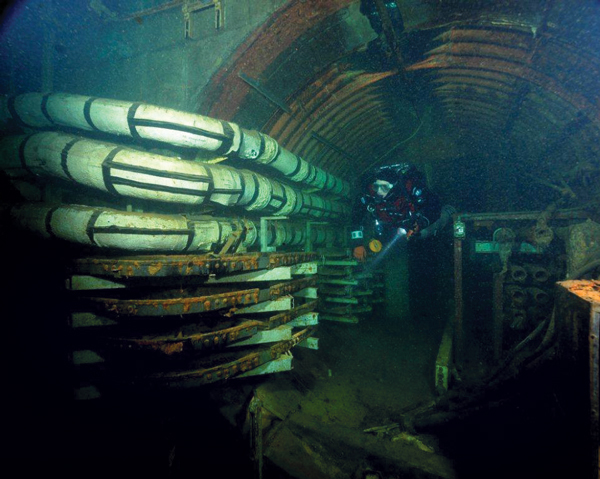
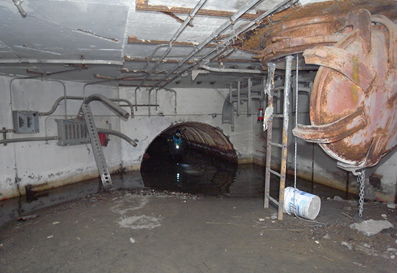
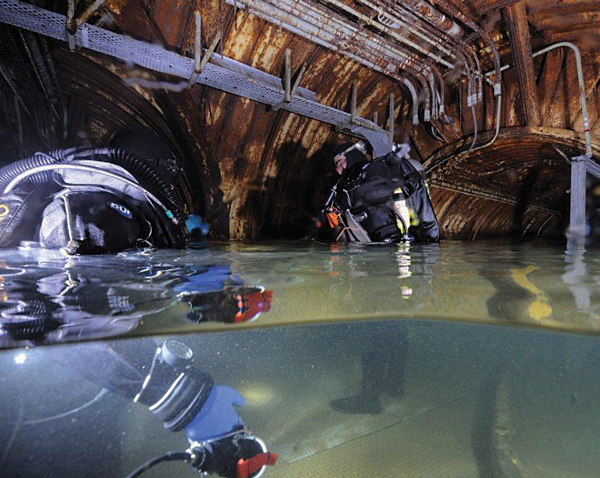
Up in the Pacific Northwest in Royal City, Washington exists a Titan I missile silo that also flooded once the shiny missile was removed and the power went off. The site is currently leased by UnderSea Adventures in Kennewick, WA. Way more fixtures are still visible at this dive site including multiple High Voltage boxes and signs, lighting systems and a complete eye rinsing and shower station. The dives at this site are for Advanced divers and beyond.
Access to this site is down an emergency hatch into a staging room. You can climb down with gear on or use a bucket and rope to lower your gear down. Once underground you can set up your gear on benches in “the ready room” and when ready head down a corridor that is waist deep full of water that is 38º F, but that’s what one might expect from Cold War spring fed water seepage. Wearing a drysuit is the only way to go down here. The metal plates from the flooring have been removed/salvaged in the corrugated tunnels, so you have to walk precariously on pipes to make your way towards the launch silos. There is a spot with flooring where you can put on your fins and other last minute gear before you enter into Silo #3 which is 44ft diameter, 160 ft tall; 110ft of which is filled with water. The water is clear, but you’ll need lights to see every sign, pipe, bolt, brace, beam, and at least one salamander that is reported to haunt these waters. On one dive it is possible to see Silo #3, an equipment room, and Silo #2. For technical divers, there are completely submerged passages leading to rooms filled with electrical equipment and more interesting artifacts.
For advanced and technical divers, to obtain information on this Titan I nuclear missile complex visit: www.underseaadventures.net
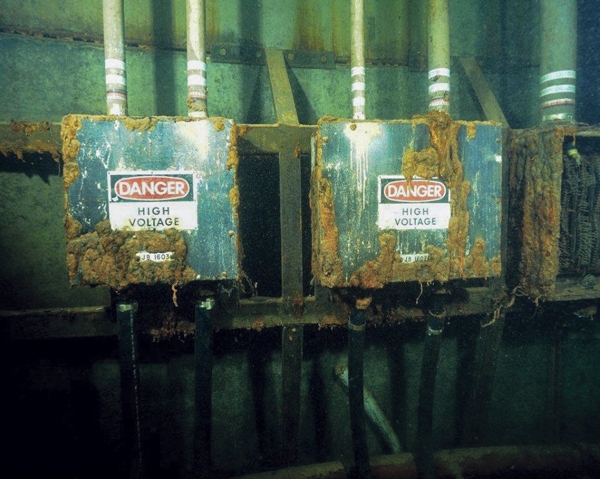
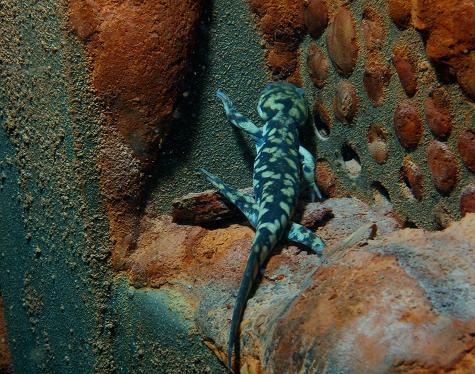
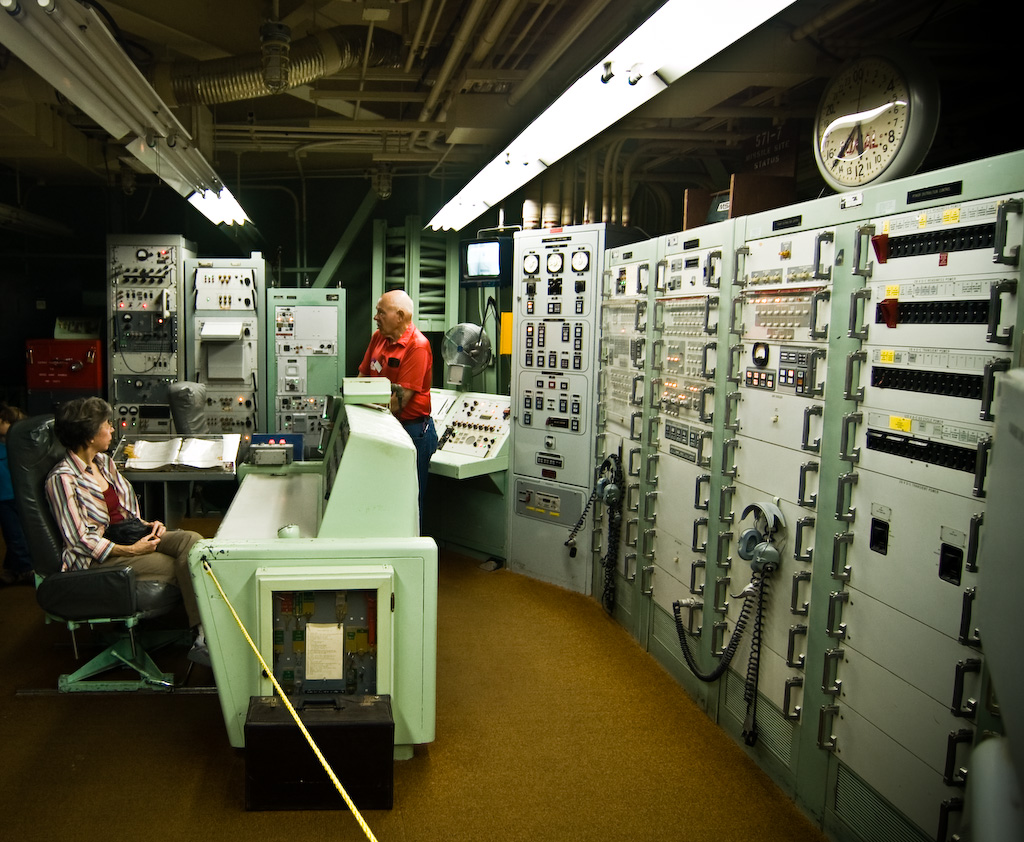
The USA built some 72 Atlas silos and 54 Titan I missile silos. After they were made obsolete as ICBM’s, Atlas rockets were used to launch satellites and Titan rockets were used to launch Gemini projects and other heavier payloads for quite some time. Diving into some of the most expensive holes ever built may not be for every Adanced diver, and for those that would like to stay dry and see an intact, but inert Titan missile in a silo, we recommend visiting Sahuarita, Arizona. This Titan II museum has blast deflection channels built right inside the silo, so when it was operational, it didn’t need to rise to the surface before lift off.
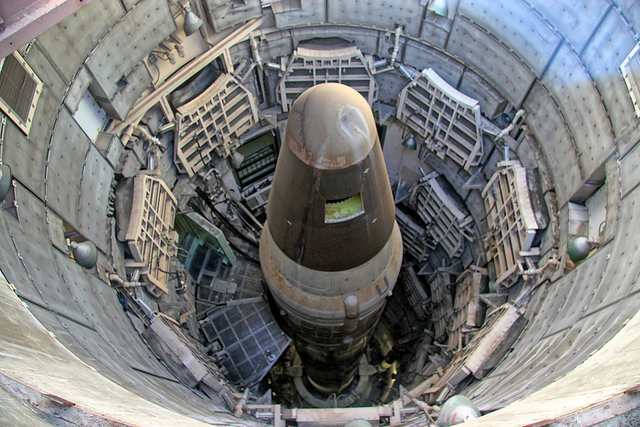
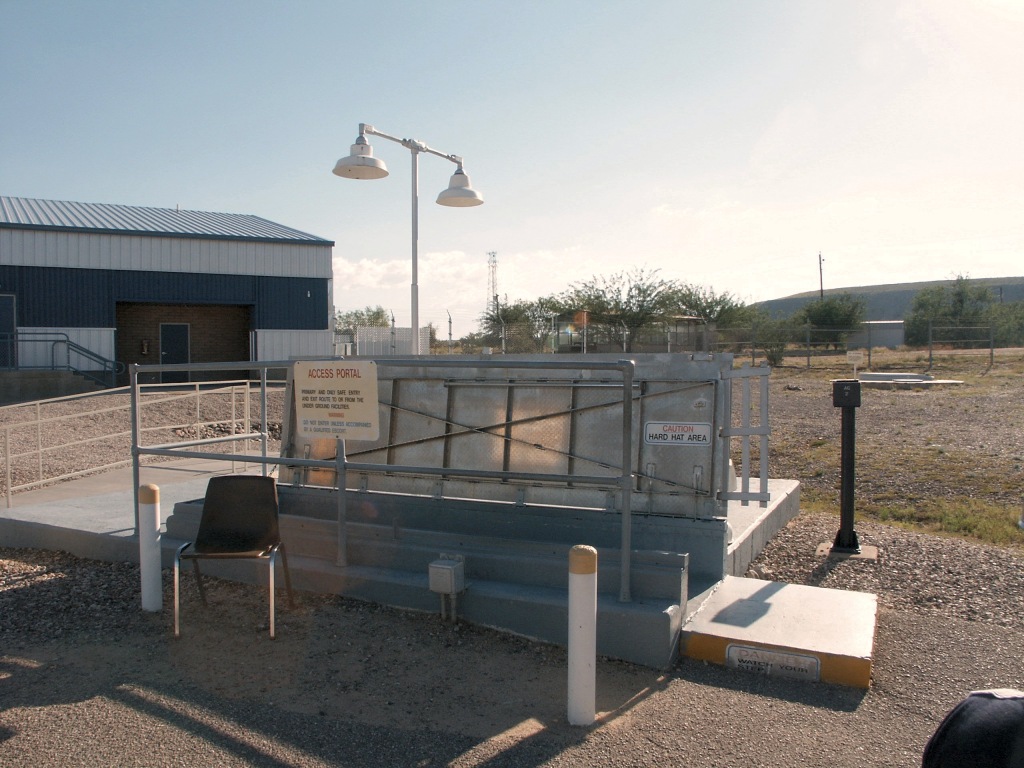
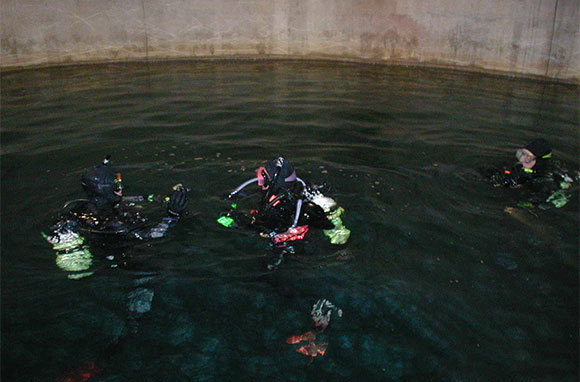
As you can clearly see, deep down that is, diving a former nuclear missile silo may not be for everyone, but with the right training, and a little historical background, you might just find that diving where nuclear missiles were stored, but never fired in the past, is now a down right blast.

Recent Posts
- Finding the Right Dive Resort For Your Vacation
- Luxury Dive Resorts That Offer Unforgettable Experiences
- Eastern Malaysia, Sabah, Sipadan & More
- Ghost Pipefish, Pipefish, Seahorses, and Sea Dragons
- Australia Queensland and the Great Barrier Reef
- Tioman Islands, Malaysia
- The Riviera Maya
- The Peter Diving System
- The Bay Islands, Roatan, Utila, Guanaja, and more.
- The Cuttlefish; The Undisputed Master of Camouflage.
Categories
- Australia
- Bahamas
- Bay Islands
- Belize
- Blue Hole
- Bonaire Diving
- Borneo
- Cayman Brac
- Cayman Islands
- Cozumel
- Curacao
- Cuttlefish
- Dive Destinations
- Dive Equipment
- Dive Liveaboards
- Dive Resorts / Properties
- Dive Travel
- Dive Travel Deals
- Diver Wellness
- Dolphins
- Dominica
- eagle rays
- Eagle Rays
- Family Travel
- Fiji
- Galapagos Islands
- Great White Shark cage diving
- Guanaja
- Honduras
- Indonesia
- Infographics
- Isla Mujeres
- Learning to Dive
- Little Cayman
- Maduro Dive Newsletter
- Malaysia
- Maldives
- Manta Rays
- Marine Life
- Mexico
- Micronesia
- Muck Diving
- Myamar
- Palau
- Papua New Guinea
- Pelagics
- Philippines
- Pinnacles
- Polynesia
- Reefs
- Riviera Maya
- Roatan
- Saba
- Sabah
- Scuba Diving
- Scuba Gear Reviews
- Scuba News/Events
- Scuba Training & Education
- Sea Legends
- sea lions
- Sea of Cortez
- Sharks
- Single Travel
- Sipadan
- Socorro Islands
- South Africa
- Specialties
- ST. Kitts
- Stingrays
- Tahiti
- Thailand
- The Bucket List
- Tobago
- Truk Lagoon (Chuuk)
- Turks and Caicos Islands
- Turtles
- Uncategorized
- Underwater Photography
- Underwater Video
- Utila
- Walls
- Whale Sharks
- Whales
- Wreck Diving
- Wrecks
- Yap
Archives
- June 2025
- January 2024
- April 2023
- March 2020
- March 2019
- January 2019
- November 2018
- September 2018
- July 2018
- May 2018
- March 2018
- January 2018
- October 2017
- September 2017
- June 2017
- April 2017
- February 2017
- January 2017
- October 2016
- August 2016
- July 2016
- May 2016
- March 2016
- February 2016
- January 2016
- December 2015
- August 2015
- June 2015
- April 2015
- January 2015
- November 2014
- July 2014
- April 2014
- February 2014
- December 2013
- November 2013
- October 2013
- September 2013
- August 2013
- July 2013
- June 2013
- May 2013
- April 2013
- March 2013
- February 2013
- January 2013
- December 2012
- November 2012
- October 2012
- September 2012
- August 2012
- July 2012
- June 2012
- May 2012
- April 2012












